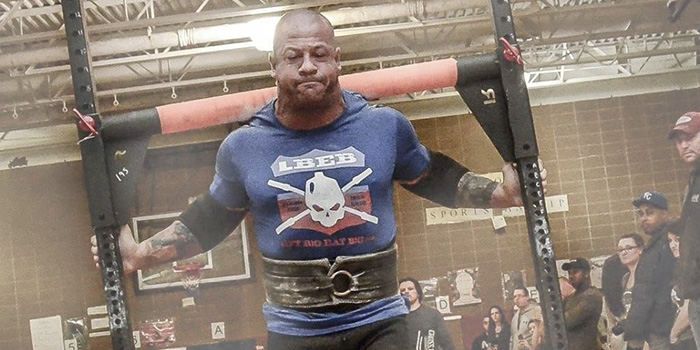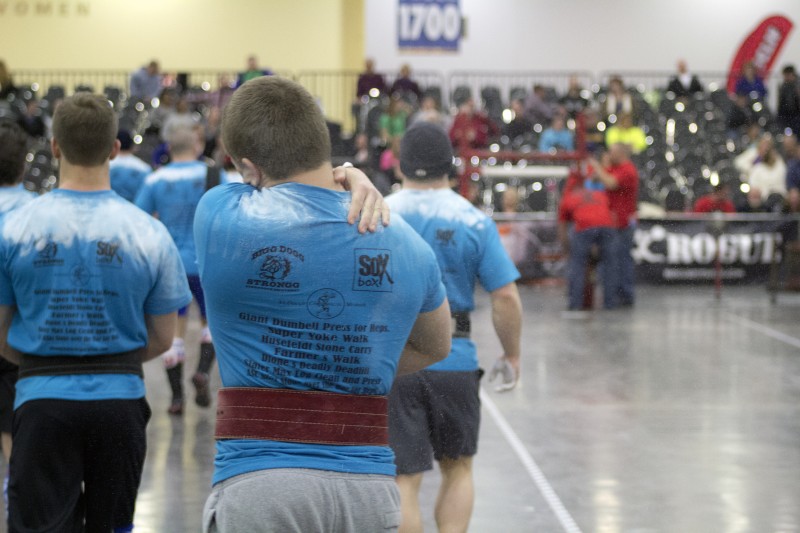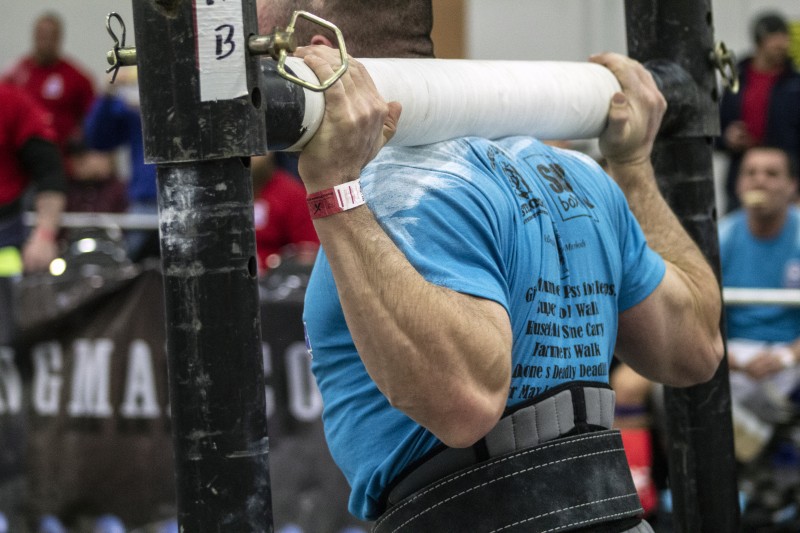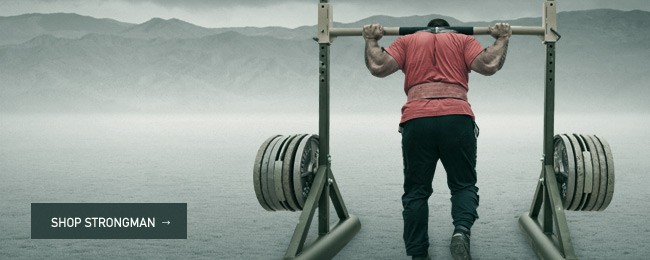
In the beginning of my strongman career, I made a lot of mistakes. One of them was how to peak for a competition. I remember the Saturday before I would do the exact contest weights and time, no matter what the events were. I thought, “This would be a great way to see what I can hit, and with a week of rest, I’ll be even better when the competition rolls around.”
It took me a while to realize that this was completely the wrong approach to be at my best. What normally would happen is I would hit more reps in training than I would in the competition. I always felt beat up and not fully recovered. Unfortunately, this took me a while to learn that this is a great way to peak too soon.
RECENT: 10 Things You Can Start Doing to Extend Your Lifting Career
We see the same thing in powerlifting. People test their maxes right before the competition, then wonder why they can barely hit their opener. One thing you have to realize a week before the competition, and really, two weeks before the competition, is that YOU ARE NOT GETTING STRONGER AT THIS POINT. All you can really do is screw things up.
For strongman, the two-week mark should be the last day you do anything really heavy, like working close to a max if you have that event on something. Even then, it shouldn’t be something that’s a real grinder. I’m sure some of you know that pulling a slow, ugly deathlift will drain for you for a good two to three weeks.
You want to peak at the competition, not in training. What will happen is you will bomb the event at the competition and then post all your excuses on Instagram. On a side note, stop apologizing for crappy performances on social media. Seriously, no one really cares but you. You didn’t let anyone down; we all do poorly at some point if you compete long enough. It’s just part of competing.

What you should hit on your last heavy day really depends on how heavy the events are for you. If you have a max deadlift, then it shouldn’t be any different than powerlifting. I would recommend pulling your last heavy deadlift three weeks out or a max press about two-and-a-half weeks out. Now, if you are doing reps or carrying events, they can be done a little closer.
All of the hard work should be done at this point, but at the start of the second week out, I still like to hit comp weight, or close to it, depending on how heavy the event is for me. Keep in mind that you do not always have to hit competition weight before the actual competition.
There have been plenty of times when I trained hard at sub-maximal weights, and I knew training at the comp weight would take too much out of me to recover from. One event in particular comes to mind, where I had to do a 750-pound yoke to an 850-pound yoke to a 1,000-pound yoke.
Throughout the whole training cycle, I never touched 1,000 pounds. With that kind of weight on my back, I knew the rest of my training would be shot, so I trained at a much higher volume with lighter weight to build up my training economy. In fact, the heaviest I went in training was 900. When it came down to the competition, my goal was just to finish, which I did without a problem.
I like to start the week with pressing, so at the start of the second week out, this will be your last shot to hit some reps. If you are comfortable with comp weight, meaning you can hit five or more reps, then do a max rep set at comp weight. If the press is near or at your max, then hit some good clean reps to reinforce solid technique at a lighter weight. Let’s look at both approaches for a competition that has a 300-pound log press for reps.
Lifter A is a good presser and has a 1RM on the log at 350, so he can go ahead and test out where his max reps will be at 300 in 60 seconds.
RELATED: Managing Meet Day Stress
Lifter B is hoping to hit a PR on this event and will hopefully get it for a single. His current PR is 290 on the log. A smart approach will be for him to hit four sets of two at 270.

It’s also important at this point to NOT MISS A REP! More experienced lifters told me when I was younger that a missed rep in training is a missed rep in competition. Following your pressing, you should also dial back your accessory lifts a little. You can still push the weight here but lower the total volume at this point.
For the second training day of the week, I like doing squats and moving/loading events. Squats should be dialed back from total volume, so for example, if you were to front squat 405 for four sets of six, bring it back down to three sets of five.
For your moving/loading events, again, this will depend on how heavy the event is for you. If it’s a smoke show for you, then go a little heavier then comp weight, that way at the competition, it will feel even lighter. If it’s a weight you can finish, but you still want to work on your speed, then do two sets at comp weight. If it’s an event like the one described above, then go with lighter weight and work on your speed and technique. Trust me, a death walk on the yoke where you have to pick it back up five times to finish is going to totally kill your recovery for the competition!
The rest of your week should be a complete deload. Drop all lifts to 65 percent. Again, I cannot stress this enough: There is nothing you can do to get stronger at this point but rest.
For the week of the competition, I still like to move some very light weights, but I will leave this up to the lifter. If you feel best taking a complete rest for that week, then go for it.
Here is an example of what I gave to my lifter who is competing this weekend in the middleweight open class:
Day 1
- Log Presses: 3 x 5 @ 110 pounds
- Push-Ups: 3 x 12
- Pull-Ups: 3 x 8
- Sled Pushes: 4 x 100 feet @ 150 pounds
Day 2
- Goblet Squats: 3 x 10 @ 45 pounds
- Yoke: 4 x 100 feet @ 300 pounds
- Walking Lunges: 3 x 10
- Sled Pushes: 4 x 100 feet @ 150 pounds
I would recommend finishing this by Wednesday if you are competing on a Saturday. I would definitely recommend you lightly train this week if you are cutting weight.
Let me know how you peak for your strongman competition in the comments below.











4 Comments